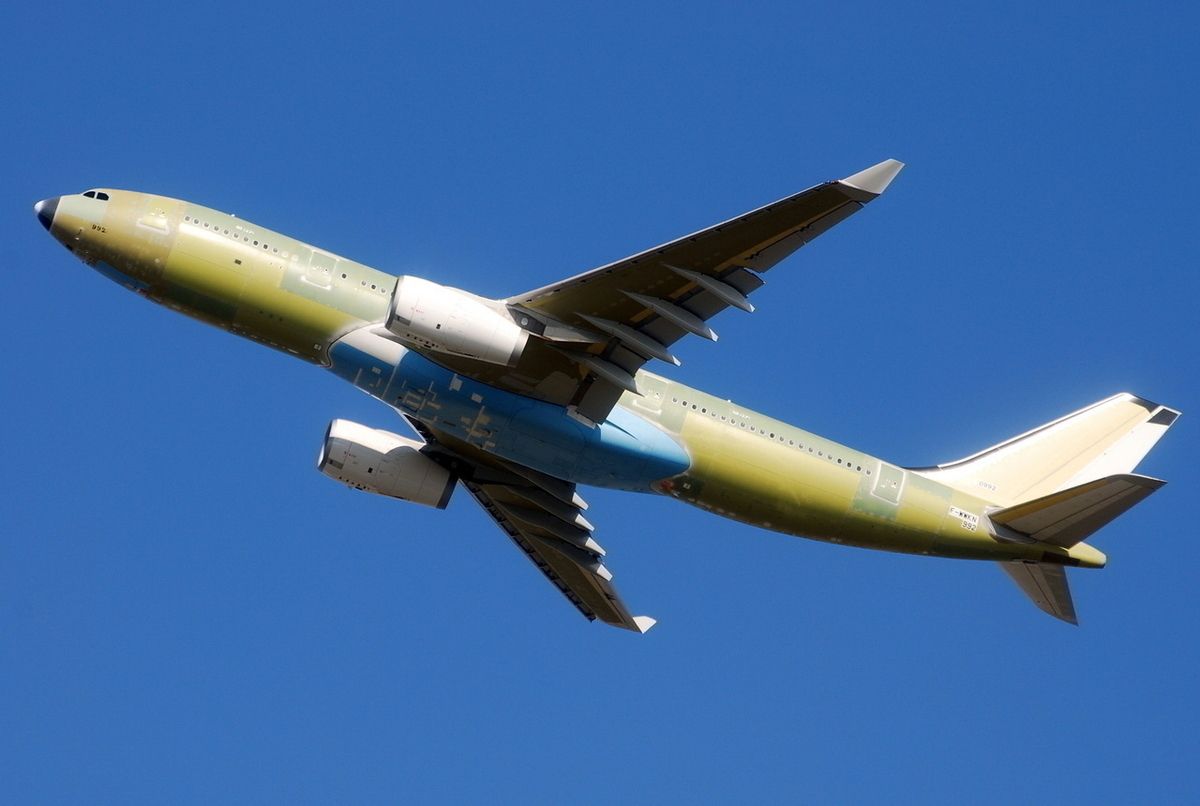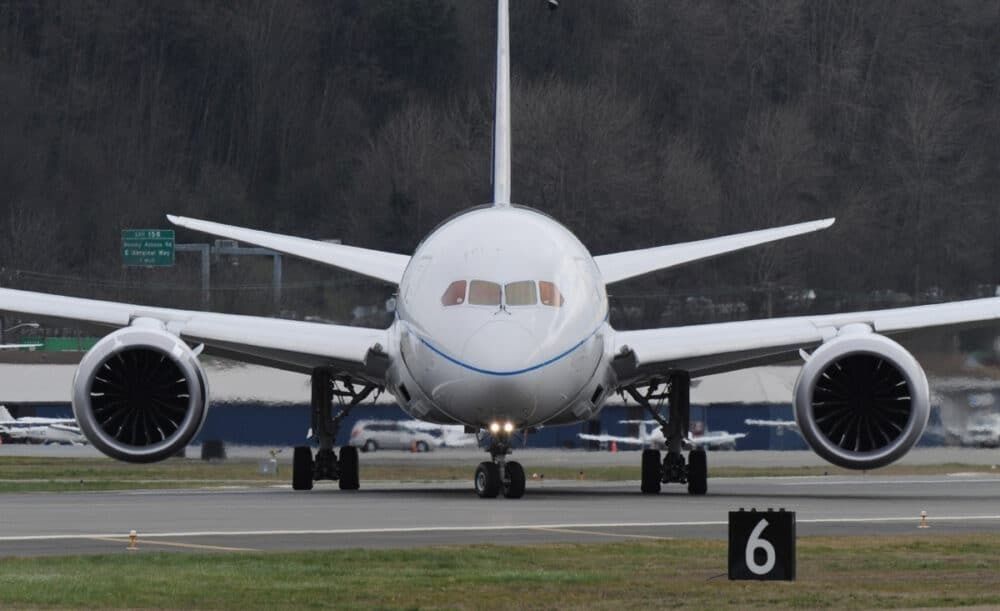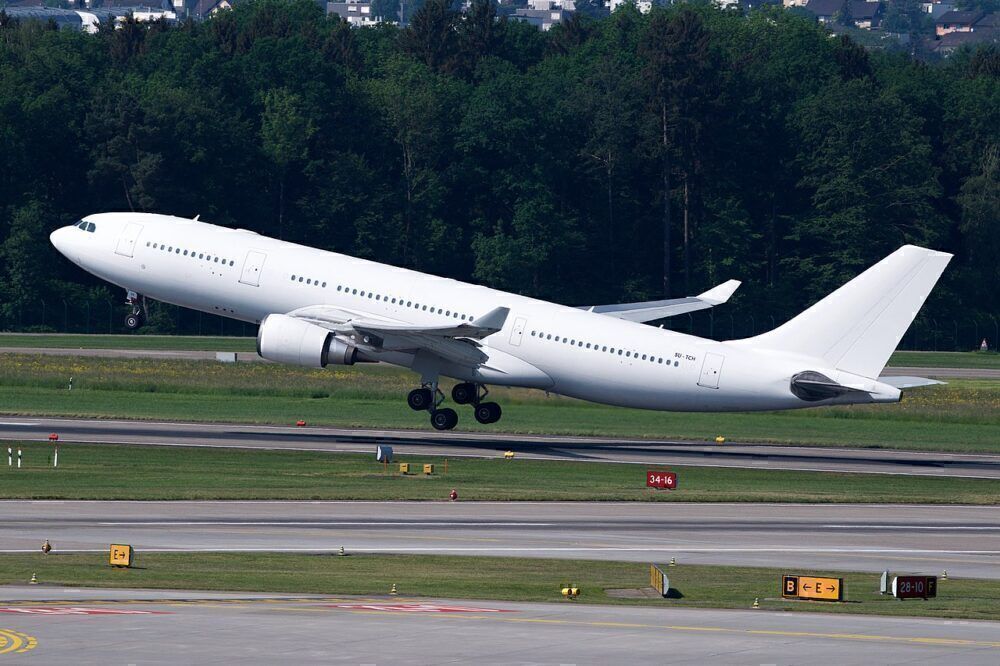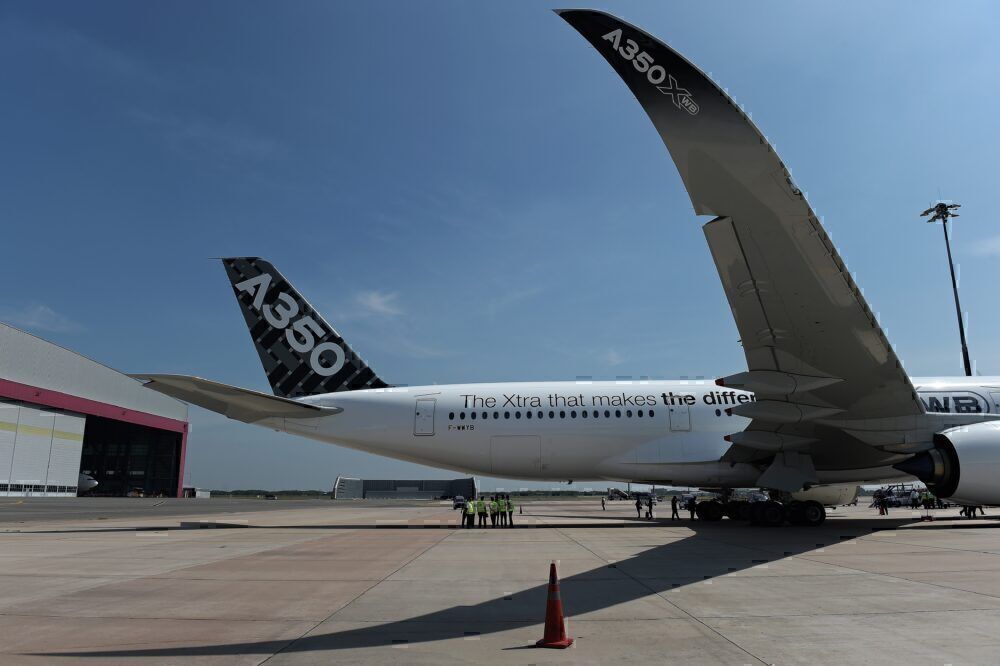European planemaker Airbus once floated the idea of a modified A330-200 that would be used on shorter routes. Back in the early-mid-2000s, the concept was raised to compete with Boeing's upcoming Dreamliner project, but it never actually became a reality. What was this program all about, and why didn't it ever take-off?
Why was the A330-200Lite conceived?
News of Airbus' proposed A330 modification came from The Seattle Times, which ran a story in 2004, which revealed the company would try to recertify its A330-200 for lighter loads and shorter distances.
The aircraft would compete directly with Boeing's 787 Dreamliner - known as the 7E7 at the time, which was announced the year prior. With the 7E7 set to be 20% more efficient than the 757 and 767, Airbus needed to somehow stay relevant. A 'lite' version of the A330 was Airbus' answer.
In an interview, The Seattle Times reported that Airbus Chief Executive Officer Nöel Forgeard said a recertified A330-200 "would be for use on shorter routes."
The aircraft drew particular interest from International Lease Finance Corp. (ILFC), Airbus's single biggest customer and the world's biggest aircraft lessor at the time. ILFC was publicly in favor of Airbus producing a lighter A330-200. One key benefit of the modified aircraft was that its availability and entry into service would be a few years ahead of the 7E7.
What was the A330-200Lite all about?
The concept for the aircraft was simple: Take Airbus' popular A330-200 and redesign it to be lighter. The aircraft and its engines would be rated to a lower thrust and would have a shorter range. The aircraft would thus be less powerful.
The benefit of these attributes is that the aircraft would be cheaper to operate. That's because not only would it be more fuel-efficient, but with airport-landing fees based on weight, airlines would save on these costs as well.
The appearance-wise, the A330-200 fuselage would remain unchanged, although some modifications could have been made to save weight. This might have included removing galleys that would not be necessary for short journeys.
Recertification of the jet at a lower thrust would have reduced the range of the plane to about 4,000 nautical miles from the A330-200's 6,500 nautical miles. It would also have a lower maximum takeoff weight of 202 tonnes (445,000 lb), down from 230 tonnes.
Airbus was talking to Singapore Airlines about the project. Other carriers were talking to the planemaker as well, but they remained anonymous.
"We've spoken with Airbus about offering the plane to Singapore as an alternative to the 7E7...The advantage is, they could deliver quickly. Obviously Airbus is looking very hard at the competitive landscape as it relates to the 7E7 and this may be one of the tools they come up with." -John Plueger, ILFC Chief Operating Officer
A project that never materialized
Airbus never followed through with this idea. The scrapping of this project was likely due to a lack of customer interest, as is often the case.
Despite the prospect of getting to market earlier than Boeing's Dreamliner, the recertified A330 was also criticized as not being innovative enough- seen as an interim stopgap measure that would not adequately compete with a successful 7E7.
Ultimately, Airbus would redirect its energies towards developing an entirely new aircraft- what we now know today as the A350 XWB.
Did you know about this 'never-built' Airbus project? Let us know in the comments.




